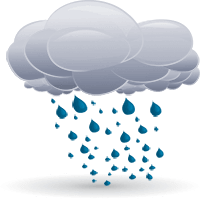San Marcos Public Library
625 E. Hopkins St.
512-393-8200
Q. I read your column about the winter solstice two weeks ago. Can you explain more in depth what causes Earth’s seasons?
A. In an effort to briefly explain the winter solstice, I was a bit vague and misleading in regards to the cause of Earth’s seasons. I erroneously wrote, “When Earth is closest to the sun, it’s summer, and when furthest from the sun it’s winter.” This statement made it sound like distance from the sun was the cause of the seasons, but it is actually the tilt of the Earth that causes our seasons.
According to Weather. gov, “During the first week in January, the Earth is about 1.6 million miles closer to the sun. This is referred to as the perihelion (the point in the orbit of a planet, asteroid, or comet at which it is closest to the sun). The aphelion, or the point at which the Earth is about 1.6 million miles farther away from the sun, occurs during the first week in July.” This may seem counterintuitive to what we know about the weather in the Northern Hemisphere, but Earth’s distance from the sun does not have a significant effect on the climate and is therefore not the reason we have seasons. Seasons are caused by the fact that the Earth is tilted on its axis by 23.5 degrees.
A column reader and retired science teacher emailed me and explained how the Earth’s tilt affects temperature and daylight: “Because the Earth is tilted, part of the year the Northern Hemisphere is facing toward the sun and the direct rays of the sun fall on 23.5 degrees north latitude. That marks the Summer Solstice in June. Also, the direct rays in the Northern Hemisphere cause hotter temperatures and longer hours of daylight. Six months later, in December, the sun’s direct rays fall on 23.5 degrees south latitude. This time the Northern Hemisphere is facing away from the sun, so we have cooler temperatures and shorter hours of daylight.”


